Human Vitronectin/VTN ELISA Kit
$299.00 – $419.00
ELISA Kit Detail Information
| Related Target | |
|---|---|
| Species | human |
| Sample Type | Serum, plasma, cell culture supernatant, and other biological samples |
| Sample Volume | 10 μL |
| Sensitivity | 13.41 pg/mL |
| Array Range | 0.25 ng/mL – 16 ng/mL |
| Assay Time | 3.5 h |
| Recovery | 95% – 105% |
| Average Recovery | 98% |
| Intra Precision | 3.9% – 6.7% |
| Inter Precision | 2.6% – 4.0% |
| Plate | Detachable 96-well plate |
| Storage | If the reagent kit is unopened, it should be stored at 4℃. However, if it has been opened, the standard solution should be stored at -20℃, while the other components should be stored at 4℃. |
| Delivery | 4℃ blue ice transportation |
| Components | 96-well polystyrene enzyme-linked immunosorbent assay (ELISA) plate coated with anti-Vitronectin/VTN monoclonal antibody Human Vitronectin/VTN freeze-dried standard Vitronectin/VTN detect Antibody Standard Diluent Assay Buffer(10×) Substrate TMB Stop Solution Washing Buffer(20×) Sealing Film |
| Assay Principle | This kit utilizes the double antibody sandwich enzyme-linked immunosorbent assay (ELISA) detection technique.Specific anti-human VTN antibodies are precoated on a high-affinity ELISA plate. Standard samples, test samples, and the detection antibody labeled with horseradish peroxidase are added to the wells of the ELISA plate. After incubation, VTN present in the samples binds to the solid-phase antibodies and the detection antibodies. After washing, a colorimetric substrate, TMB, is added and the plate is incubated in the dark for color development. The intensity of the color reaction is directly proportional to the concentration of VTN in the samples. A stop solution is added to terminate the reaction, and the absorbance value is measured at a wavelength of 450 nm (with a reference wavelength range of 570-630 nm). |
Related Targets
VTN
VTN Target Infomation Overview
- Target Symbol: VTN, vitronectin
- Gene Groups: Receptor ligands; Complement system regulators and receptors
- Alias: VN
- Alias Names: serum spreading factor; somatomedin B; complement S-protein; vitronectin (serum spreading factor, somatomedin B, complement S-protein)
VTN, vitronectin Target Infomation by Species
- Human
- Mouse
- Rat
Human VTN Target Information
- Target Symbol: VTN, vitronectin
- Alias:
- complement S-protein
- epibolin
- S-protein
- serum spreading factor
- serum-spreading factor
- somatomedin B
- V75
- vitronectin (serum spreading factor, somatomedin B, complement S-protein)
- VN
- VNT
- NCBI_Gene: 7448
- UniProtKB: P04004
Human VTN Predicted Functions
Enables integrin binding activity. Involved in several processes, including endodermal cell differentiation; regulation of cellular protein metabolic process; and smooth muscle cell-matrix adhesion. Located in collagen-containing extracellular matrix; endoplasmic reticulum; and extracellular space. Implicated in Churg-Strauss syndrome; granulomatosis with polyangiitis; and thrombosis. Biomarker of coronary artery disease and diabetic retinopathy.
Mouse Vtn Target Information
- Target Symbol: Vtn, vitronectin
- Alias:
- AI256434
- expressed sequence AI256434
- Vn
- NCBI_Gene: 22370
Mouse Vtn Predicted Functions
Enables extracellular matrix binding activity. Involved in oligodendrocyte differentiation. Acts upstream of or within cell-matrix adhesion; extracellular matrix organization; and positive regulation of cell-substrate adhesion. Located in extracellular matrix. Is expressed in several structures, including alimentary system; central nervous system; embryo mesenchyme; metanephros; and retina. Human ortholog(s) of this gene implicated in Churg-Strauss syndrome; granulomatosis with polyangiitis; and thrombosis. Orthologous to human VTN (vitronectin).
Rat Vtn Target Information
- Target Symbol: Vtn, vitronectin
- Alias:
- Aa1018
- MGC124961
- Vn
- NCBI_Gene: 29169
Rat Vtn Predicted Functions
Enables collagen binding activity; heparin binding activity; and identical protein binding activity. Involved in liver regeneration and protein polymerization. Located in several cellular components, including Golgi lumen; basement membrane; and rough endoplasmic reticulum lumen. Used to study proteinuria. Biomarker of diabetic retinopathy and visual epilepsy. Human ortholog(s) of this gene implicated in Churg-Strauss syndrome; granulomatosis with polyangiitis; and thrombosis. Orthologous to human VTN (vitronectin).

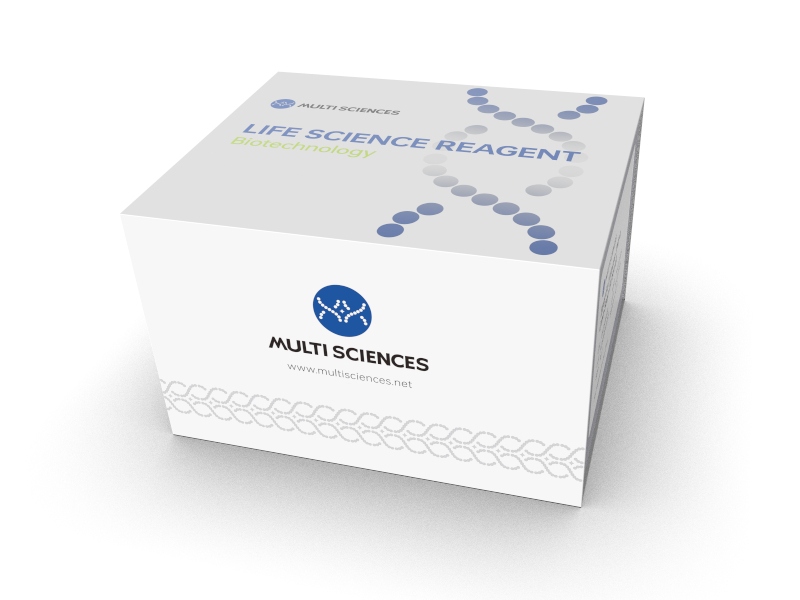
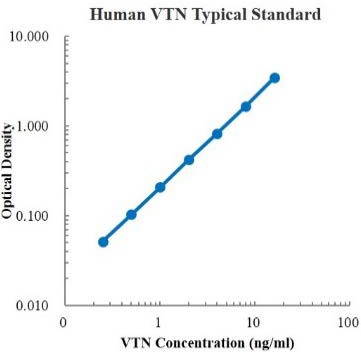
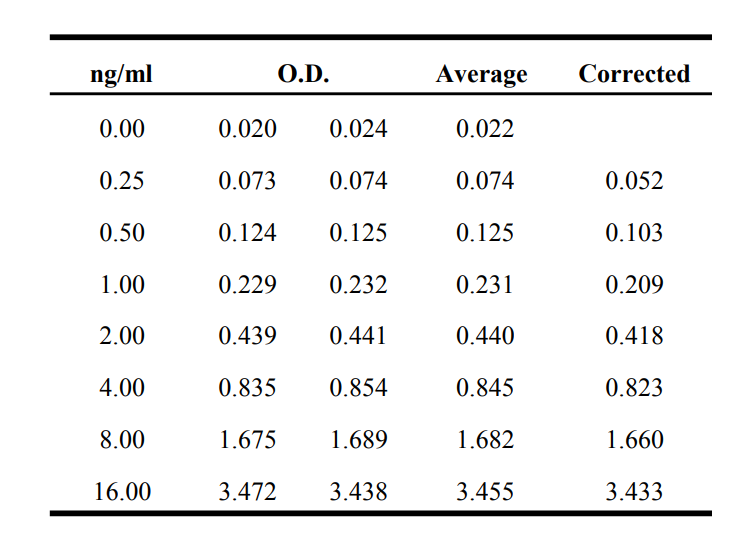

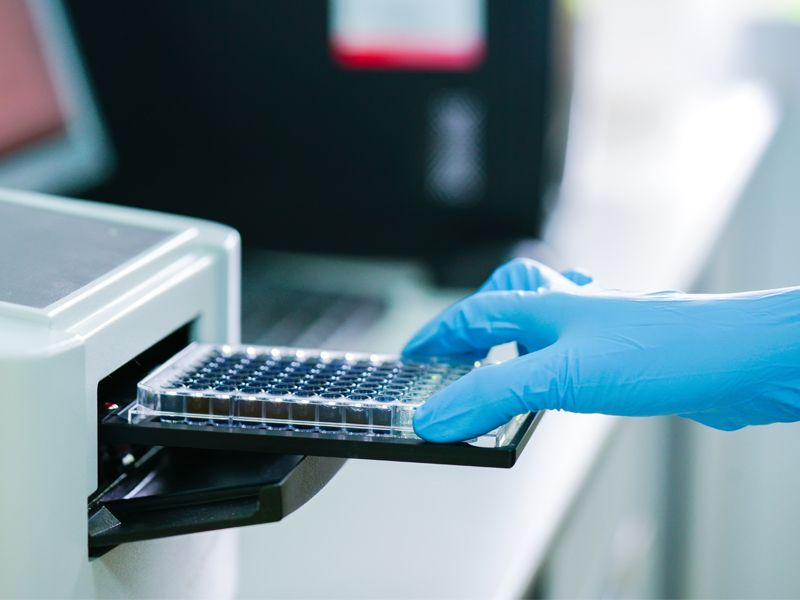
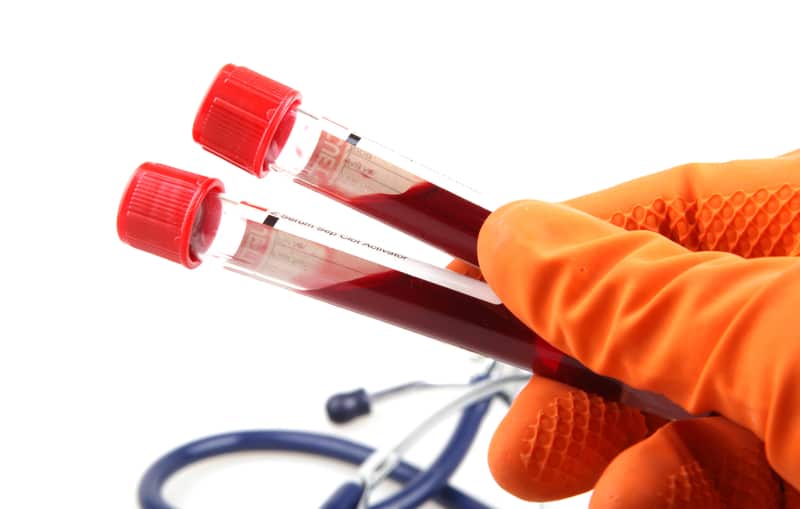
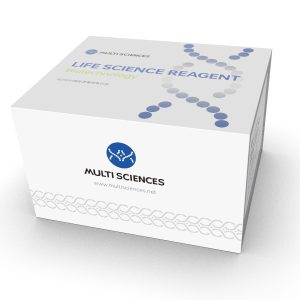
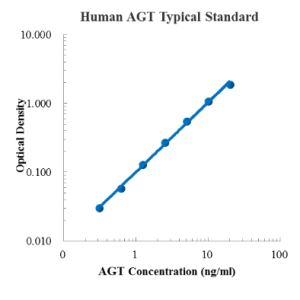
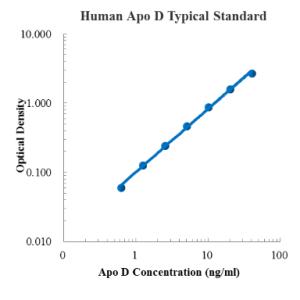
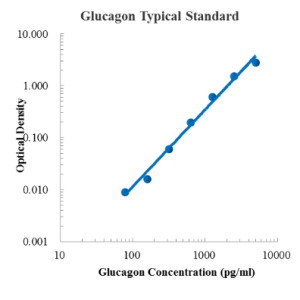
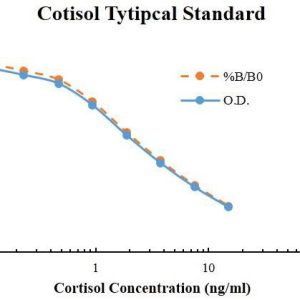
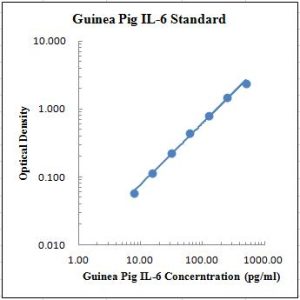
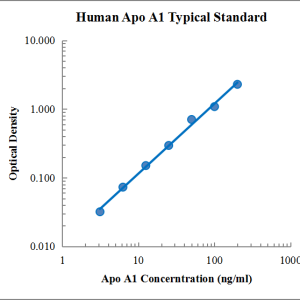
Reviews
There are no reviews yet.